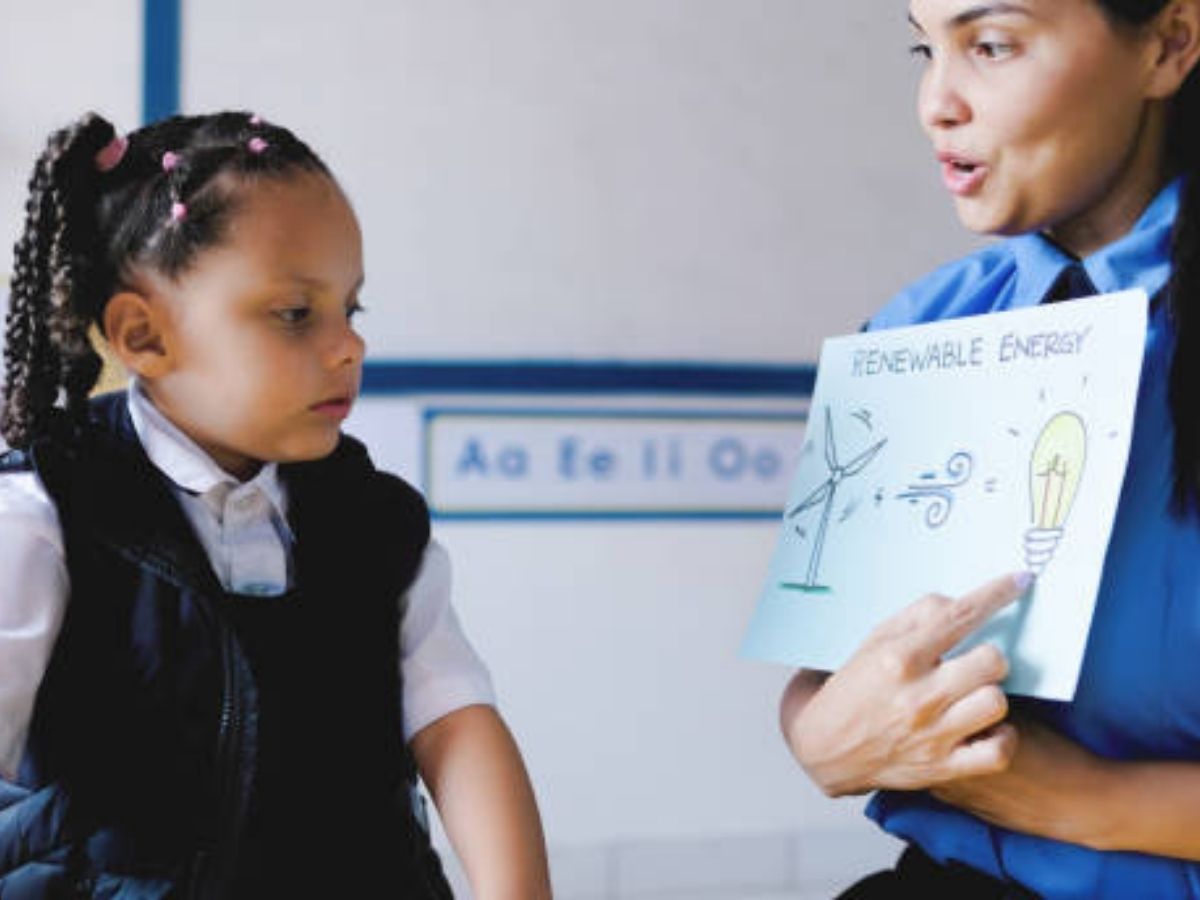Article
Home Care Conferences: Best Practices for Quality Improvement
Importance of Quality Improvement in Home Care Conferences
Quality improvement is crucial for enhancing the effectiveness and outcomes of home care conferences. These events serve as platforms for sharing knowledge, discussing best practices, and fostering collaboration among professionals in the home care industry.
Enhancing Home Care Services
Home care services benefit significantly from quality improvement initiatives. By focusing on these areas, organizations can ensure that clients receive the highest level of care possible. Quality improvement strategies can lead to better client satisfaction, improved health outcomes, and increased efficiency in service delivery.
Quality Improvement Focus and Impact on Home Care Services
- Client Satisfaction
- Impact: Higher levels of client trust and loyalty
- Health Outcomes
- Impact: Reduction in hospital readmissions
- Efficiency
- Impact: Decreased operational costs through streamlined processes
Impact of Quality Improvement in Conferences
Quality improvement initiatives within conferences can lead to meaningful changes in the home care landscape. Conferences that prioritize these practices foster an environment where attendees can learn and implement new strategies effectively. The impact can be observed through enhanced collaboration, networking opportunities, and the sharing of innovative ideas.
Conference Quality Improvement Benefits
- Enhanced Collaboration: Strengthened relationships among providers and stakeholders, fostering better teamwork and communication.
- Knowledge Sharing: Access to the latest research and best practices, helping organizations stay at the forefront of industry advancements.
- Networking Opportunities: Valuable connections that lead to partnerships and resource sharing, enhancing overall service delivery.
By prioritizing quality improvement in home care conferences, organizations can drive positive changes that ultimately benefit both providers and clients. The emphasis on these practices creates a culture of excellence and continuous advancement in home care services.
Preparing for a Successful Home Care Conference
To ensure a productive and impactful home care conference, proper preparation is essential. This involves setting clear objectives and establishing key performance indicators that will guide the event's direction and measure its success.
Setting Clear Objectives
Defining specific goals for the conference helps to create a focused agenda and ensures that all participants understand the purpose of the event. Objectives can vary based on the needs of the attendees, but they should always be measurable and achievable.
Objective Types and Examples
- Educational: Increase knowledge about new home care practices by 30% among attendees through targeted sessions and workshops.
- Networking: Facilitate at least 50 meaningful connections among participants, fostering professional relationships and potential collaborations.
- Quality Improvement: Develop three actionable strategies for enhancing home care services, leveraging insights and feedback gathered during the conference.
Establishing Key Performance Indicators
Key performance indicators (KPIs) are metrics used to evaluate the success of the conference in relation to its objectives. Setting KPIs allows organizers to assess the effectiveness of the event and identify areas for improvement in future conferences.
Key Performance Indicators (KPIs)
- Attendance: Reach at least 200 participants.
Measurement Method: Track registration numbers and on-site attendance. - Satisfaction: Achieve a satisfaction rate of 85% or higher.
Measurement Method: Distribute post-conference surveys to gather feedback. - Engagement: Ensure at least 70% of attendees participate in breakout sessions.
Measurement Method: Monitor session attendance and participation levels.
By establishing clear objectives and relevant KPIs, organizers can create a roadmap for success in home care conferences. This structured approach helps ensure that the event meets the needs of attendees and contributes to quality improvement in the home care sector.
Best Practices for Quality Improvement
Quality improvement in home care conferences can significantly enhance the overall effectiveness of these gatherings. Implementing best practices ensures that conferences achieve their objectives and provide valuable insights for attendees.
Incorporating Feedback Mechanisms
Integrating feedback mechanisms is essential for understanding the needs and desires of attendees. Feedback can be gathered through various methods, including surveys and suggestion boxes. This information can guide future conference planning and improvements.
Feedback Methods and Their Advantages
- Surveys: Provide quick and quantifiable data on attendee satisfaction and areas for improvement.
- Suggestion Boxes: Allow for anonymous input, encouraging honesty and openness from participants.
- Focus Groups: Facilitate in-depth discussions on specific topics, offering detailed insights and feedback.
Continuous Training and Education
Ongoing training and education for both organizers and participants are vital for maintaining high standards in home care conferences. This ensures that everyone is up-to-date with the latest practices and innovations in the field.
Training Types and Details
- Workshops
- Target Audience: Organizers
- Frequency: Biannual
- Webinars
- Target Audience: Attendees
- Frequency: Quarterly
- Certification Courses
- Target Audience: Healthcare Staff
- Frequency: Annually
Implementing Technology Solutions
Technology plays a crucial role in enhancing the quality of home care conferences. Utilizing digital tools can streamline processes, improve communication, and facilitate information sharing among participants.
Technology Solutions for Conferences
- Event Management Software
- Purpose: Handles registration and scheduling.
- Virtual Meeting Platforms
- Purpose: Provides options for remote participation.
- Mobile Apps
- Purpose: Allows access to schedules and materials.
By incorporating feedback mechanisms, continuous training, and technology solutions, home care conferences can achieve significant quality improvements. These best practices will ensure that the events remain relevant and beneficial to all participants.
Promoting Collaboration and Communication
Effective collaboration and communication are essential elements for enhancing quality improvement during home care conferences. By fostering an environment that encourages interaction and the sharing of information, participants can gain valuable insights and forge lasting professional relationships.
Facilitating Networking Opportunities
Creating opportunities for networking is crucial in home care conferences. Networking allows professionals to connect, exchange ideas, and build relationships that can lead to collaborative efforts in the future.
Networking Opportunities
- Icebreaker Sessions
- Description: Activities designed to help participants meet and interact.
- Benefits:
- Builds rapport among attendees.
- Roundtable Discussions
- Description: Small group discussions focused on specific topics.
- Benefits:
- Encourages open dialogue.
- Provides diverse perspectives.
- Social Events
- Description: Informal gatherings during or after the conference.
- Benefits:
- Strengthens connections in a relaxed setting.
Encouraging Knowledge Sharing
Knowledge sharing is vital for promoting growth and innovation within the home care sector. Conferences should implement strategies that facilitate the exchange of insights, experiences, and best practices among attendees.
Knowledge Sharing Methods
- Workshops
- Description: Interactive sessions that allow participants to engage in hands-on learning.
- Benefits:
- Enhances skills.
- Fosters teamwork.
- Panel Discussions
- Description: Expert-led conversations addressing key topics in home care.
- Benefits:
- Provides diverse viewpoints.
- Offers expert insights.
- Resource Libraries
- Description: A collection of materials and tools available for attendees.
- Benefits:
- Ensures access to valuable information for future reference.
By incorporating these practices into home care conferences, organizers can promote a culture of collaboration and communication, ultimately leading to improved quality in home care services.
Evaluation and Feedback
Evaluation and feedback are essential components of quality improvement in home care conferences. They provide insights into the effectiveness of the event and highlight areas for future enhancement.
Post-Conference Evaluation
Conducting a post-conference evaluation allows organizers to assess the overall success of the event. This evaluation should focus on various aspects, including attendee satisfaction, speaker effectiveness, and the relevance of the topics discussed.
Evaluation Aspect
- Overall Satisfaction
- Quality of Speakers
- Relevance of Topics
- Venue and Logistics
- Networking Opportunities
Collecting ratings in this manner helps to quantify attendee experiences and identify strengths and weaknesses in the conference structure.
Feedback Collection and Analysis
Gathering feedback from participants is crucial for understanding their experiences and expectations. This can be achieved through various methods, including surveys, focus groups, and one-on-one interviews.
Feedback Methods
- Surveys
- Purpose: Collect broad quantitative data.
- Benefits:
- Provides measurable feedback from a large number of participants.
- Focus Groups
- Purpose: Obtain qualitative insights and discussions.
- Benefits:
- Offers detailed feedback and diverse perspectives on specific topics.
- Interviews
- Purpose: Gain in-depth perspectives from key attendees.
- Benefits:
- Provides comprehensive and detailed insights from individual experiences.
Once feedback is collected, it should be analyzed to extract meaningful insights. This analysis can reveal trends, preferences, and areas that require attention.
Analysis Aspect
- Common Suggestions
- Areas of Improvement
- Positive Highlights
By implementing a thorough evaluation and feedback process, organizers can ensure that future home care conferences align with the needs of their participants and promote ongoing quality improvement in the industry.
Continuous Improvement for Future Conferences
The process of enhancing home care conferences is ongoing. Continuous improvement involves analyzing past events and making necessary adjustments to ensure future conferences meet the highest standards.
Incorporating Learnings into Future Events
Gathering insights from previous conferences is essential for quality enhancement. Feedback collected from attendees regarding various aspects of the conference can provide valuable information that can be used to refine future events.
Feedback Areas and Improvement Actions
- Session Relevance
- Improvement Actions: Adjust topics based on attendee interests and needs.
- Speaker Engagement
- Improvement Actions: Select speakers who actively engage participants.
- Venue Selection
- Improvement Actions: Choose accessible venues that accommodate all attendees.
- Networking Opportunities
- Improvement Actions: Facilitate more structured networking sessions.
By systematically reviewing feedback and implementing changes, organizers can create more impactful and relevant conferences that better serve the needs of attendees.
Adapting to Changes in the Home Care Industry
The home care industry is continuously evolving. Staying current with industry trends, regulations, and best practices is vital for organizing effective conferences.
Change Areas and Adaptation Strategies
- Regulatory Updates
- Adaptation Strategies: Include sessions on new laws and compliance standards.
- Technological Advancements
- Adaptation Strategies: Showcase the latest tools and software in home care.
- Changing Demographics
- Adaptation Strategies: Address the needs of diverse populations in programming.
- Best Practice Developments
- Adaptation Strategies: Incorporate new research findings into conference content.
By proactively adapting to these changes, conference organizers can ensure that their events remain relevant and beneficial for all participants. This approach fosters an environment of continuous improvement that enhances the overall quality of home care conferences.
Sources
https://www.nacbh.org/emerging-best-practices-conference
https://www.snhu.edu/what-is-quality-improvement-in-healthcare
Read:
What is Your Identity in Christ?
Watch: Identity & Action
TAGS:
Black Lives Matter | Martin Luther King Jr. |
Race and Ethnicity
LCBC stands for Lives Changed By Christ. We are one church in multiple locations across Pennsylvania. Find the location closest to you or join us for Church Online. We can’t wait to connect with you!
share this
Related Articles
Related Articles
STAY UP TO DATE
GET PATH'S LATEST
Receive bi-weekly updates from the church, and get a heads up on upcoming events.
Contact Us









